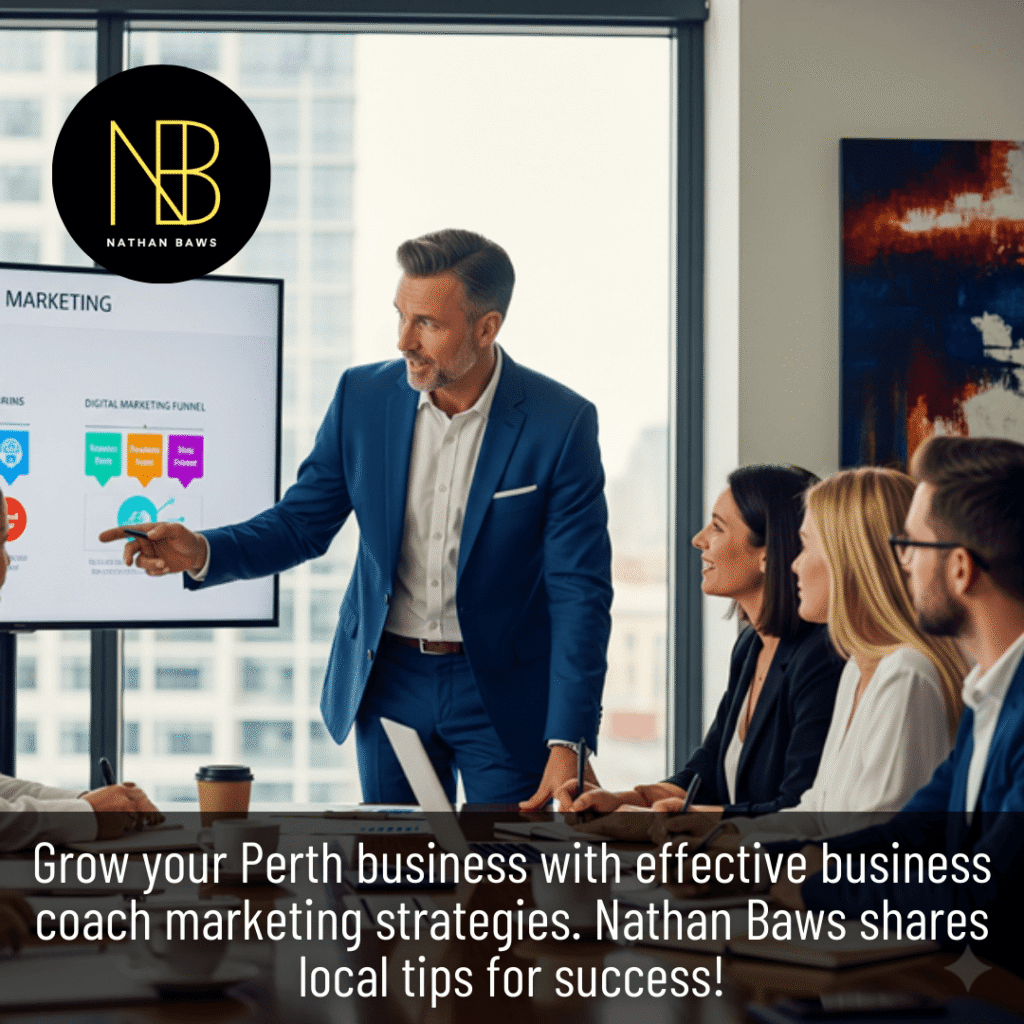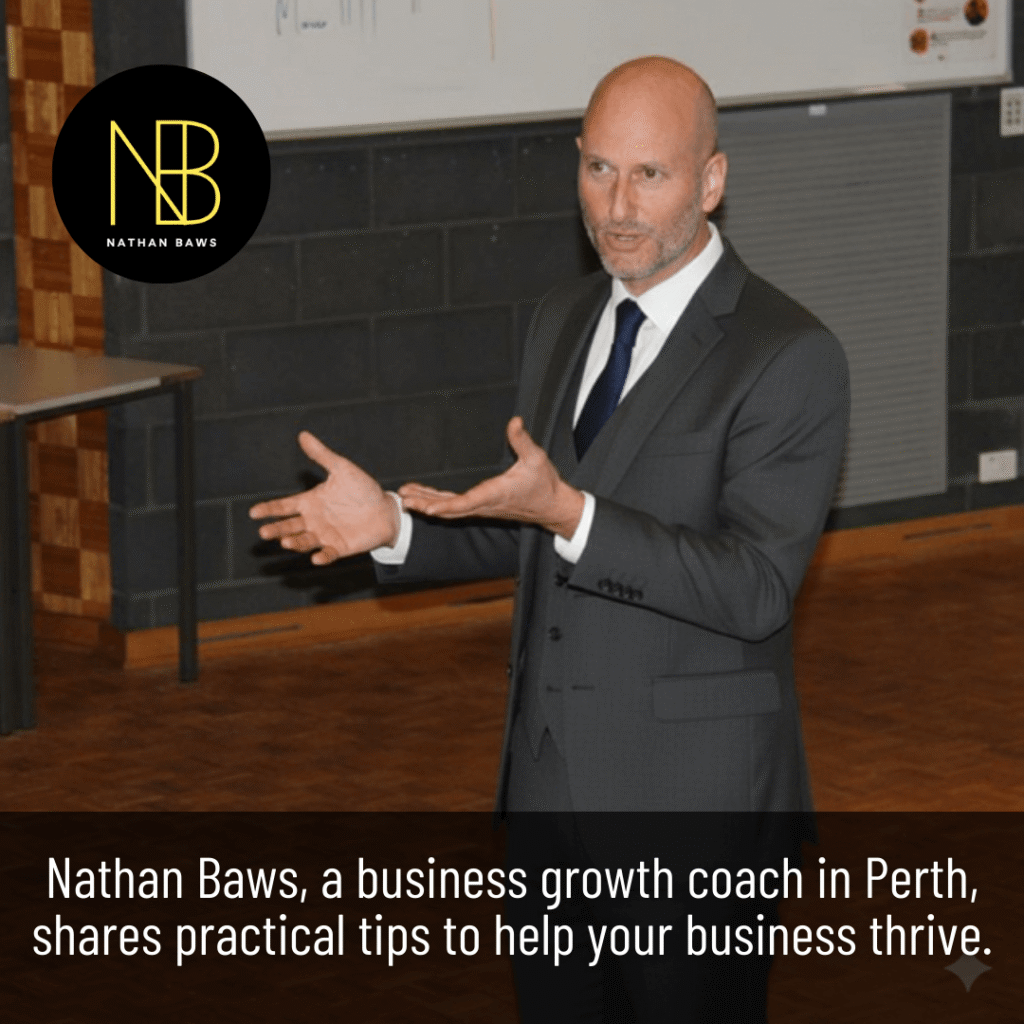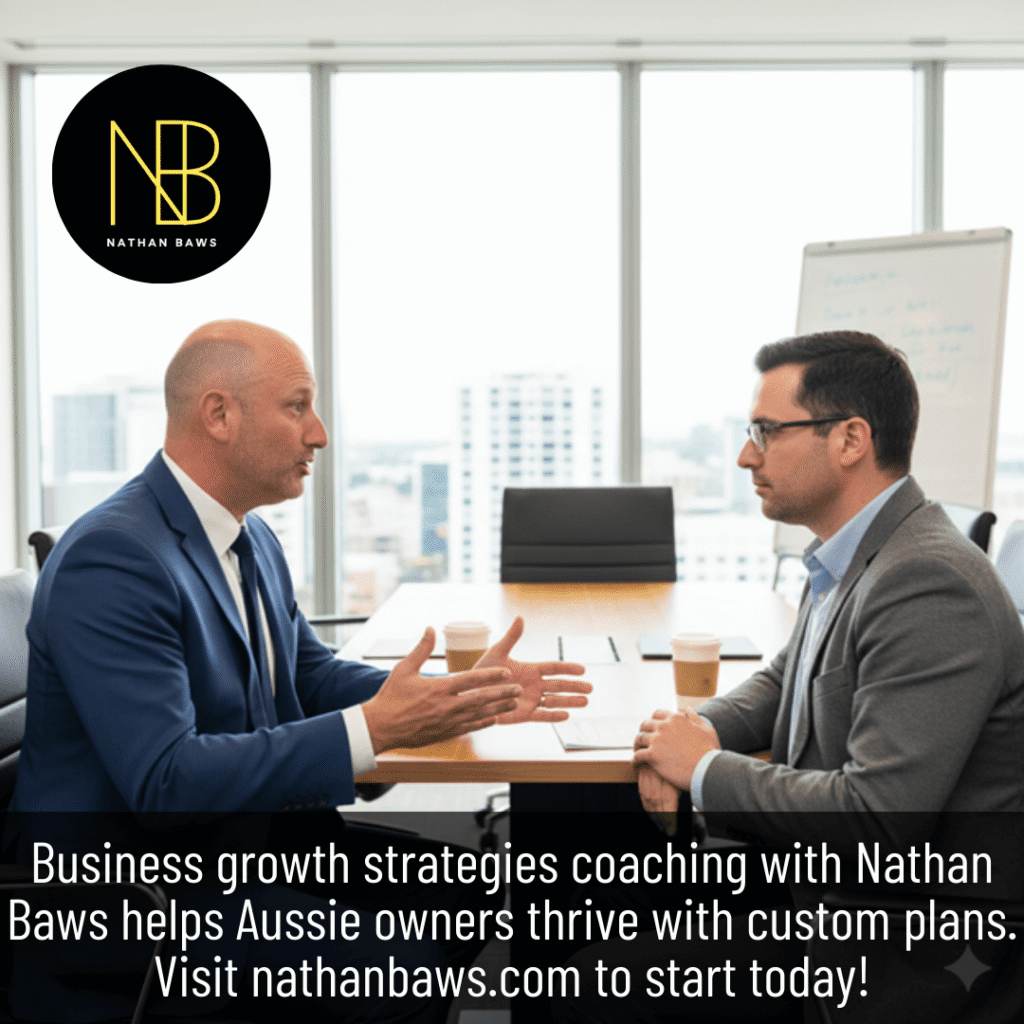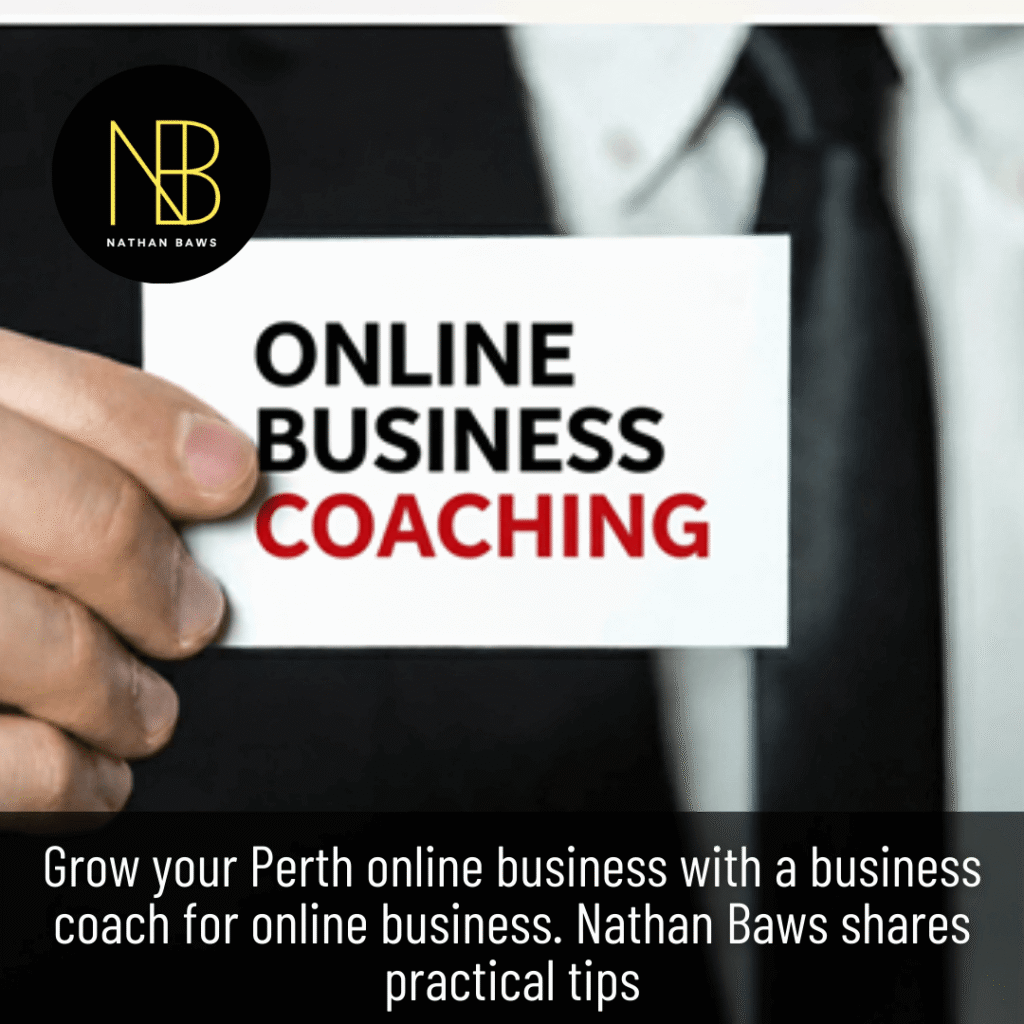Boost Your Business with a High Growth Business Coach in Australia
Hello, fellow Australians! I’m Nathan Baws, and I’ve spent over 40 years building businesses from the ground up-17+ of them. From a tiny health store in Perth to a national supplement brand, I’ve learned what it takes to succeed through trial, error, and a lot of grit. As a high growth business coach, my team and I are here to help everyday Australians-whether you’re running a butcher shop in Ballarat or a tech venture in Brisbane-turn your vision into a thriving reality. I’ve stumbled plenty along the way, but those lessons now guide my work to help you grow smarter and faster. Let’s dive into how a high growth business coach can change the game for you. What You’ll Gain Why a Coach Makes All the Difference Running a business can feel like herding kangaroos-exciting but chaotic. A high growth business coach is like a trusted mate who knows the terrain. My first go at business was a small shop, and I nearly lost it because I was winging it. A mentor’s advice saved me, and now I’m here to pass that wisdom on to you. Cutting Through the Clutter It’s easy to get bogged down by daily tasks. A coach helps you focus. I worked with a Tasmanian café owner who was drowning in to-dos. We created a simple plan to target locals, and in four months, her sales were up 22%. A high growth business coach gives you a clear path forward. Avoiding Costly Stuff-Ups I once sank thousands into a marketing campaign that flopped hard. A coach helps you dodge those traps. We’ll study your market and build strategies that hit the mark, saving you time and money. Gearing Up Your Confidence Doubt can creep in when things get tough. When I opened my first restaurant, I was sure it’d fail. A mentor’s pep talk kept me going. As your high growth business coach, I’ll help you find the courage to take bold steps. Keeping Your Eyes on the Prize Distractions are everywhere. A coach keeps you locked in. I helped a Darwin retailer zero in on their best customers, lifting sales by 18% in five months. It’s about staying focused on what works. Winning Strategies for Aussie Businesses Australia’s business world is as varied as our outback-full of challenges and opportunities. A high growth business coach knows how to navigate it, drawing on my experience across retail, health, and tech. Marketing Without the Big Bucks You don’t need a fat wallet to make noise. I helped a Hobart bakery get local buzz by hosting a free tasting day, bringing in 120 new customers in a month. Smart, low-cost moves can work wonders. Owning the Online Space A strong digital presence is a must. We got a Sydney bike shop to Google’s top page with some basic SEO, boosting online orders by 28%. A high growth business coach shows you how to stand out online. Teaming Up for Growth Partnerships can open big doors. When I ran a marketing outfit, linking with a local festival doubled our reach. We’ll help you find partners to grow without draining your budget. Running a Lean Operation Efficiency is money in the bank. A Perth client saved 12% on costs after we streamlined their stock system. A high growth business coach spots small changes that add up. Mindset: The Fuel for Growth Your headspace can make or break your business. A high growth business coach helps you think like a champion. My “Business Diet” blends mental toughness with daily habits to keep you sharp. Shaking Off Doubt Every entrepreneur hits a wall of worry. I did when I launched my supplement brand, thinking it’d tank. A mentor showed me how to learn from setbacks. I’ll help you do the same. Aiming High Big dreams need solid plans. A Melbourne client jumped from a $25,000 revenue goal to $130,000 in a year with our goal-setting approach. A high growth business coach pushes you to reach further. Sticking to the Grind Success comes from steady work. My Business Diet focuses on small habits-like daily planning-that build over time. It helped me grow a brand into a national name over 10 years. Adapting on the Fly Markets shift, and you need to move with them. When a client’s retail shop struggled, we switched to online sales, keeping them afloat. A coach helps you stay nimble. Health: Your Business Superpower You can’t lead if you’re knackered. As a high growth business coach, I weave health into my advice to keep you firing on all cylinders. The Business Diet My Business Diet is about fueling your body, not starving it. A Sydney founder upped her game with better nutrition, landing bigger deals as a result. Keeping Stress in Check Business can feel like a pressure cooker. A quick walk or some deep breaths can reset you. A Perth client used these to stay calm and make better calls. Powering Up Your Energy More energy means more done. A Gold Coast entrepreneur doubled his output after fixing his sleep habits. A high growth business coach builds routines to keep you charged. Finding Balance I once pushed too hard and nearly crashed. Now, I teach clients to juggle work and life. A Brisbane shop owner grew sales by 22% while spending more time with family. Backing Young Entrepreneurs Young Australians are the future of our economy. As a high growth business coach, I love helping them turn their ideas into reality. Real-World Workshops My workshops teach hands-on skills like pitching or budgeting. A recent Adelaide event saw 10 young people launch startups in months. Practical learning gets results. Building Guts Early Starting young is daunting. I share my story of starting with nothing to show it’s possible. A high growth business coach helps young Australians believe in themselves. Sparking Big Ideas Youth bring fresh thinking. I mentored a Tasmanian kid who turned a school project into a popular app. Coaching turns their ideas into action. Creating Lasting









